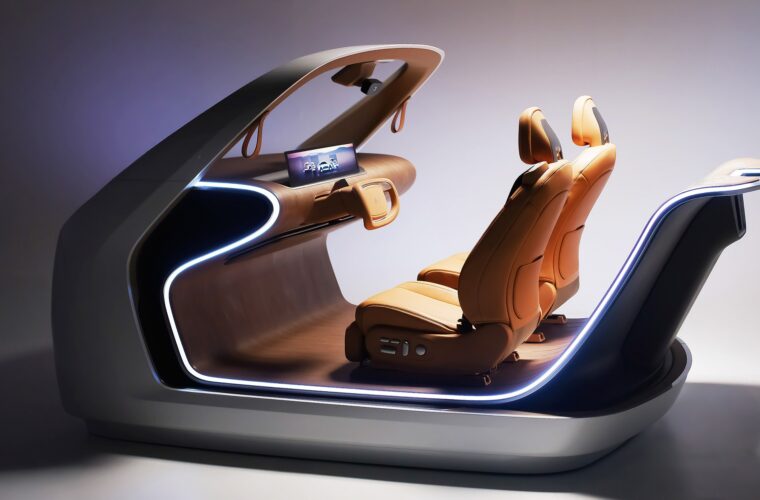Subscription services, advertising, and free TV content are two pivots for increasing turnover.
LG is changing and abandoning its tech footprint to become a smart life solutions company. The announcement came from William Cho, CEO of the South Korean company, who outlined the vision for the future during an event at LG Sciencepark in Seoul. “We want to offer consumers diverse and innovative experiences by transforming ourselves from our current position as a consumer electronics brand offering quality products. We will create a completely new LG, reinventing the way we work and communicate to achieve this goal,” said Cho, demonstrating courage and willingness to stand out in a constantly changing market. This is precisely why LG closed its mobile business unit in July 2021, believing it better for its business to no longer invest resources in developing and making smartphones.
A company with DNA devoted to change – LG smart life
This Korean company is considered immense, employing 260,000 people as of 31 December 2021, and capable of continuous innovation. The intuition of the OLED displays has reinforced its role as leader, together with compatriot Samsung, in the TV market, while between fridges that become transparent so that you can see inside without opening it and washing machines that integrate artificial intelligence systems to achieve better results while reducing consumption, LG has been a reference for household appliances for years.
This is a symptom of a DNA ready for change, an important factor in the projection of the next evolution that awaits the group. The new course will have three main directions: a business based on service platforms, acceleration in the B2B sphere with greater integration of advertising, and entry into new business segments, starting with electric vehicle charging and healthcare.


A good time to transform
The priority of the company’s evolution is to increase turnover, with the goal of reaching 70 billion annually by 2030. Everything depends, as always, on the credibility and trust that LG will be able to gain among consumers. In my opinion, the Korean company has chosen an opportune moment for the change of pace because it has been evident for some time now that contemporary society is more and more dedicated to investing in experiences that are useful in the individual moment and no longer in the absolute.
With a rationale devoted more to the short term than to a more distant tomorrow, people are continuing to prefer renting services as opposed to buying devices. In this way, they spend less and, above all, pay when they need to, without having expensive devices at home that are unused or not at all.
Subscription services are a winning idea right now
The sharing economy has been with us for over fifteen years now, and thanks also to the prolonged economic crisis that has reduced families’ purchasing power, spending less has become synonymous with spending better. This is why developing a subscription service business, particularly for the smart home, seems a good move and is bound to meet with public favour.
LG plans to transform the Thing UP platform with its connected appliances into a home-as-a-service platform combining hyper-personalisation, subscriptions and smart home services. Of course, much will depend on the prices and options available, but basically, the vision can be shared because it offers consumers an alternative that is rarely found on the market at the moment.


Watch more ads and spend less, yes we can – LG smart life
A similar argument can be made for electric vehicle charging systems, as tens of thousands of people already drive a green vehicle equipped with LG Energy Solution batteries. Taking advantage of the sister company’s experience and knowledge is a springboard to accelerate market entry and aim for big numbers, as happened previously with LG Display for OLED TVs.
It will be curious to see the reaction of users to the wave of publicity LG wants to activate by transforming webOS, its operating system, and onboard smart TVs. “The evolution involves the TV business becoming a media and entertainment service provider, with the expansion of content, service and advertising offerings in its products, including LG OLED and LG QNED TVs.”
While the increase in commercials might be frowned upon by people at first glance, it will all depend on how the Koreans plan to proceed. However, the $700 million investment planned over the next five years to expand free streaming content and advertising opens up interesting spaces. Because from Netflix to Disney, all streaming video giants are experiencing growth in cheaper subscriptions supported by advertising. The users believe that watching a few more clips is fine if you pay less. And LG will bring this model to more than 200 million webOS-based TVs. Not a bad start.



